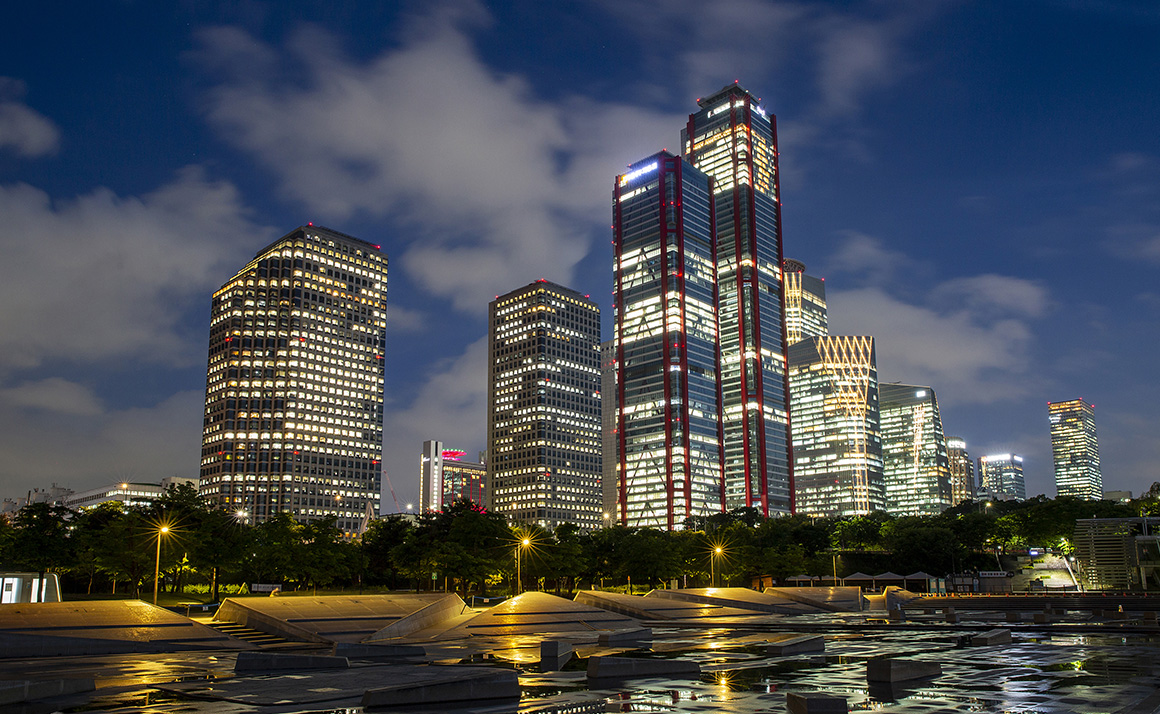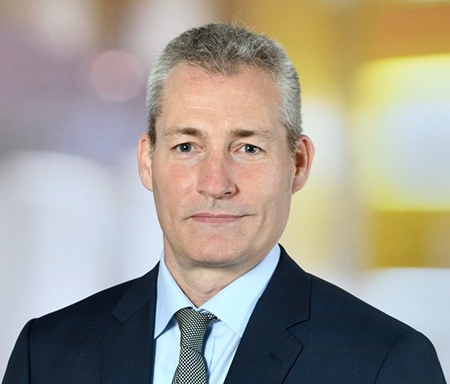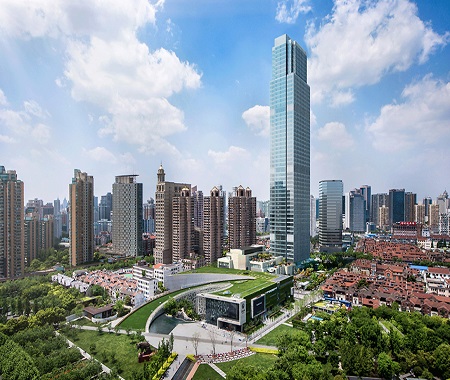
Seoul slow to meet the climate challenge
The real estate industry in Seoul has been slow to meet the challenge of climate change, however government and major institutions are taking greater account of sustainability.
South Korea’s rapid economic expansion in the past few decades made it a significant greenhouse gas emitter, however in 2021 the government committed to becoming carbon neutral by 2050. It has pledged to help fund renewables, electric vehicles and clean hydrogen.
Climate change is already affecting Seoul, making it subject to warmer temperatures and increasing rainfall. The first hot day ( above 30°C) of the year in Seoul arrives more than 10 days earlier while the average number of 33°C days has more than doubled in the last 20 years, compared to the previous 20 year period. The combined effects of urbanization and climate change (increased rain) have increased the risk of serious flooding in Seoul.
Sam Crispin, sustainability consultant at Savills Asia Pacific, says Seoul’s warmer summers present a risk of increased office cooling costs, while increased flood risk may be a concern for low-lying assets near the Han River.
“When you think of Gangnam Style you don’t envisage wading through flooded streets but Seoul is now a city at high risk of flooding. The heavy rains in 2010 and 2011 were reminders that the increasing intensity of rainfall exposes the intricate web of above ground assets and below ground networks. As rainfall has increased so has the built up area of the city; the impervious area of the city has increased from 7.8% in 1962 to 47.7% in 2010.”
Despite the growing risks from climate change, the real estate industry in Seoul is not substantially focused on climate change, says JoAnn Hong, director of research, consultancy and valuation at Savills Seoul. “The industry as a whole is not yet acting on climate change, nor are there widespread measures to make assets more resilient. However, there are more government initiatives, such as online data on flooding and rainfall.”
The Korean government is ahead of the real estate industry in its commitment to combating climate change and is promoting a number of sustainable projects. For example, a new city is planned alongside a green hydrogen production complex at Saemangeum, a coastal area 280km southwest of Seoul. Saemangeum is one of five planned hydrogen clusters.
Korea’s largest institutional investors are becoming more ESG conscious. Last year, the National Pension Service of Korea announced that up to half of its investments would be made in accordance with ESG criteria. NPS also has a $1.5bn real estate separate account with Hines, which aims to build a portfolio of “bulletproof” assets, which will be climate change resilient. Meanwhile, sovereign fund Korea Investment Corporation created a dedicated ESG investment team last year.
There is relatively little Korean involvement in initiatives such as sustainability benchmark GRESB, however Korean asset managers IGIS and ESR’s Kendall Square are both participants. There is also increasing participation in green building certification programmes, such as LEED. Overseas real estate investors have been active in sustainable real estate projects in Seoul; for example Actis has developed energy-efficient data centres in the city.
Further reading:
Savills Korea research
Contact us:
Simon Smith



